In researching biblical history, you will find that it is often difficult to locate Tribes or peoples described in the various bible passages. Most researches are simply not aware that this was done for a religious reason because of the fact that many of the tribes and or peoples written about in the bible ,were truly high profile families, Kings and or Saints. They had changed their true names throughout biblical history in order to hide their identities as the worldwide Temple was being built. This type of propaganda is an art of war which this battlefield technique is performed using a pen instead of a sword.
The religious reality is that the bible is not just spiritual, historical, and astrotheological teachings, but also a type of Imperialistic propaganda; just as corporate media is used today. This art of war was used in the past as a weapon which conceals the truth below layers of allegorical names from our enemies, but yet still honors the light of the divine people and most worthy Tribes (families) of biblical prophecy.
In the article below I will present my research in the most simple way possible on the origins and whereabouts of one of these lost tribes; the Tribe of Dan who have eluded historians for hundreds of years, until now.
Let it be known that the Tribe of Dan descends from one of the most famous Irish High Kings who ever lived. His descendants still live to this day. This King you will find various spellings of his name, such as King Tech- baoithin, Baithen, Baithin, Baithan, Baetin, Baitan Mor (“Baithen the Great”), which are some of the earlier Latin forms of the King’s name. Later in history when our language had changed over into Old English, so did the names. At that time, you will find this King called Boythan, Bothan, Bathan, Baeda, Baedan, and Saint Aidan, Aedh-og or Mo-Aedh-og who was Áed mac Ainmuirech high-king of the Northern Uí Néill.
Tech– baoithin was the original or uncorrupted form of the name Taugbboyne, and means ‘ the house of Baithen.’ The House of Baithen today is known as
Mountbatten which is the family name originally adopted by a branch of the Battenberg family during World War I because of rising anti-German sentiment among the British public. Prince Philip of Greece and Denmark, the consort of now-Queen Elizabeth II, adopted the surname of Mountbatten from his mother’s family in 1947, although he is a member of the House of Schleswig-Holstein-Sonderburg-Glücksburg by patrialineal descent.
Today we know King Bae-Dan in the New Testament as Jacob who was the third patriarch of the Hebrew people with whom God made a covenant, and his ancestors of the tribes of Israel, which were named after his descendants for whom his tribe would judge. Jacob was the father of 12 sons of Israel who with Jacob through the New Testament (New Law) were the embodiment of peoples of “Israel.” In the Blessing of Jacob, Dan is described as a serpent.
Genesis 32:28 – Then the man said, “Your name will no longer be Jacob, but Israel, because you have struggled with God and with humans and have overcome.”
This New Testament (New Law) simply serves as tangible proof or evidence that the spacious plan of the city is a testament to the foresight of its founders, who by statement of belief made their political testament through the New Testament (New Law) on a written document (Bible) providing for the disposition of a person’s property after death; AKA a will.
The simplest way to track King Bae-Dan would be through Saint Aidan an ancestor of Ælfwald of East Anglia in the Textus Roffensis (12th century) of Lindisfarne off the north-east coast of England. It is also known as Holy Island and constitutes a civil parish in Northumberland. Both the Parker Chronicle and Peterborough Chronicle annals of 793AD record the Old English name. He was also called Mogue or Modoc (Mo-Aedh-og), “the beloved Aidan.’”
Let me please warn you that you will find that many of the dates will not match between the King and the Saint, while some facts will. The reason is because much of the Saint Aiden story had been somewhat fabricated in order, that the King and Saint may not be connected as the same person in the past. Often you will find that names, dates, and locations will be changed in order to protect the biblical identity of the said King or Saint; which is Doctor of the Catholic Church 101.
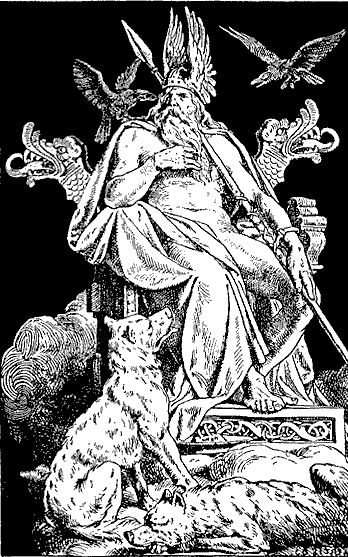 This family would also be concealed In medieval folklore, with King Arthur, Woden and Odin. They are the Kings of the Kingdom Lindsey or Linnuis (Old English Lindesege) which is the name of a petty Anglo-Saxon kingdom, absorbed into Northumbria in the 7th century. You will find Woden listed in the Anglian collection of genealogies, which was created in the last years of the reign of Offa of Mercia, which listed the rulers of Lindsey. In the history of the Christianization of England, Woden who just like Saint Aidan is a very important individual. He who may be the originating figure head of which the numerous Anglo-Saxon royal houses would spawn from at the time.
This family would also be concealed In medieval folklore, with King Arthur, Woden and Odin. They are the Kings of the Kingdom Lindsey or Linnuis (Old English Lindesege) which is the name of a petty Anglo-Saxon kingdom, absorbed into Northumbria in the 7th century. You will find Woden listed in the Anglian collection of genealogies, which was created in the last years of the reign of Offa of Mercia, which listed the rulers of Lindsey. In the history of the Christianization of England, Woden who just like Saint Aidan is a very important individual. He who may be the originating figure head of which the numerous Anglo-Saxon royal houses would spawn from at the time.
From Wikipedia – The early names relate either to life in Angeln or to a boastful genealogy arising from gods such as Woden.
- Geot – Compare the Geats who are frequently mentioned in Beowulf‘s story.
- Godulf
- Finn
- Frioðulf
- Frealaf
- Woden – Compare Woden, the god.
From Winta onwards, the names refer to the early leaders of Lindsey.
- Winta – Compare Winteringham (the homestead of Winta’s people).
- Cretta
- Cuelgils
- Caedbaed
- Bubba
- Beda
- Biscop
- Eanferð
- Eatta
- Aldfrið
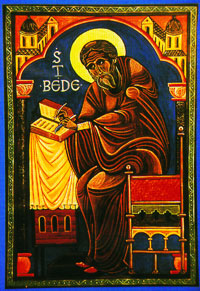
Discussing the Anglo-Saxon settlement of Britain, Bede; in his Ecclesiastical History of the English People (completed in or before 731) writes that:
The two first commanders are said to have been Hengist and Horsa … They were the sons of Victgilsus, whose father was Vecta, son of Woden; from whose stock the royal race of many provinces deduce their original.
Saint Baeda (Bae-Dan) would of course be related to King Bae-Dan, but I will save that fabulous story for another article.
Who was King Bae-DAN?
He was one of the two sons of Saint Bren-Dan, and appointed successor of St. Columba in Iona after his death. The great master Columba had declared, that his disciple Baithen resembled St. John the Evangelist; the disciple of Christ.
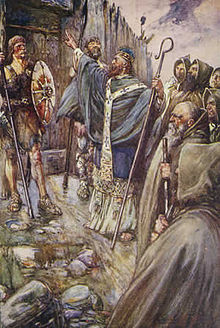 Here is a poem written by Saint Columba on King Bae-Dan;
Here is a poem written by Saint Columba on King Bae-Dan;
To every cow belongs its calf,” &c. Colum Cille said:
0 God, wilt thou not drive off the fog, which envelopes our number,
The host which has deprived us of our livelihood,
The host which proceeds around the cams’!
He is a son of storm who betrays us.
My Druid,—he will not refuse me,—is the Son of God, and may he side with me;
How grandly he bears his course, the steed of Baedan” before the host;
Power by Baedan of the yellow hair will be borne from Ireland on him [the steed].
It is quite clear that Saint Columba was right, for the Power by Baedan is still in affect to this day. King Bae-DAN’s family would be no other than the Greek Ptolemy’s who were scribes of the Old Testament, and had lived in Phoenicia, Egypt, Idumea, Canaan and Greece. From there they would spread their seeds all around the world by establishing religious sees in Ireland, Scotland, Italy and Gaul. They would go on to describe their new lives, laws, family alliances and new tribes via the New Testament. This is where you will find that King Bae-DAN had actually taken on the biblical allegorical name of Jacob which actually means Israel. The name Israel means “man who saw God” prince with God, or, power with God.”
Therefor, when Israel is spoken of in the New Testament, it is not the newly invented country, but an actual ancient peoples who are the descendants of the Old Testament Patriarchs; who happen to be real Irish High Kings.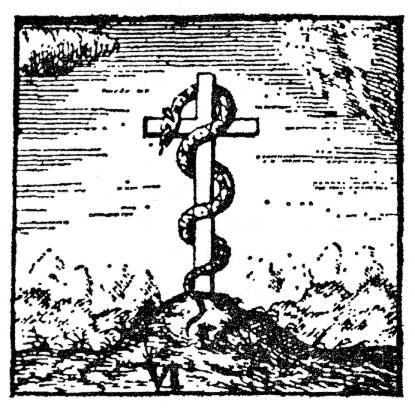
Yes, the name Israel truly represents an Irish High King who descendants would become known as the Medans, Aedans, or the Moedans of the sixth century ,who have been know ever after as “The Tribe of Dan.” Today the word “Israel” is used mainly in conjunction with the middle east country associated with the Jewish people and not that of the Irish High King in which our biblical text truly refers to.
Medan is evidently one of the Aedans, or Moedans of the sixth century; he is probably Bishop Aedan or Mo Aedan Ua Dunlang, whom the Boromha tract connects with Glendalach. To return from this digression to the history of Petroc; after founding the monastery at Bodrnin, or Botlimanach, “the house of the monks,” he died there, amidst his brethren, on the 4th day of June, A.d. 564.
He was the third son of the Monarch, Muircheartach Mor Mac Earca, and became Monarch of Ireland jointly with his nephew, Eochaidh, in the year 566. He was the immediate successor of Saint Columba in the 6th century. It is said that he ruled Iona for only three years, but had left his 12 sons to take his place upon his death in which the Irish Annals record the death of Baedan MacCoirill, King of Ulster, and a naval expedition in the year 598. St. Adamnan, in recording the death of St. Columba, tells us that the dying words of the Apostle of Iona, as he was transcribing Psalm 53, were: “I must stop here, let Baithéne write what follows”. Baithéne had been looked on as the most likely successor of St. Columba, and so it happened that on the death of that great apostle, in 596, the monks unanimously confirmed the choice of their founder. Baithéne was in high esteem as a wise counselor, and his advice was sought by many Irish saints, including Saint Fintan Munnu of Taghmon. Abbey St Bathans in Berwickshire (south east Scotland) may be named after him.
This is the same king who the Battle of Baedan was fought;
It also throws light on another event, recorded in the Bruts of England as well as by Tysylio and Geoffrey: the coming to Britain of the ‘King of Africa’, against whose forces the Battle of Baedan was fought.
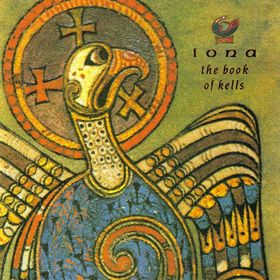 This is when and where the Celtic Druid Church has formed an alliance with the Roman Church to start a New Beginning under the New Law which was the New Testament. This is also where they had written the Book of Kells and later be known as the 12 Irish Apostles.
This is when and where the Celtic Druid Church has formed an alliance with the Roman Church to start a New Beginning under the New Law which was the New Testament. This is also where they had written the Book of Kells and later be known as the 12 Irish Apostles.
In the book titled, “Historic landmarks in the Christian centuries,” By Richard Heath, he states the following;
Had it not been for men like Patrick and Columba, Augustine and Paulinus. These are the true founders of the British nation and of British society.
Columba was the first to found a Christian state in Scotland. When Aidan was chosen King of Scotia, Columba, though his friend, opposed his election. An inward voice declared the choice a right one, and bid the abbot consecrate the new king, which according to Scottish national tradition he did and Aidan had been seated on the Stone of Destiny. It was on this same stone that the subsequent kings were inaugurated, until Edward I carried it away to Westminster; where it remains beneath the British coronation chair.
As I stated above, Saint Aidan is no other than the Irish High King Bae-DAN who based on my research is also the biblical 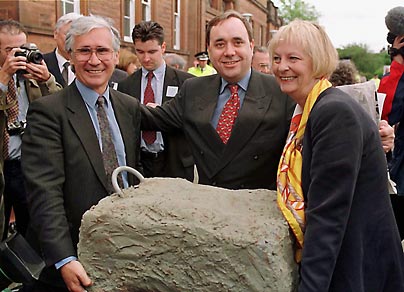 Jacob and with the him being seated on the Stone of Destiny or the Stone of Scone. This stone is also known as Jacob’s Pillow Stone and the Tanist Stone, and in Scottish Gaelic clach-na-cinneamhain.
Jacob and with the him being seated on the Stone of Destiny or the Stone of Scone. This stone is also known as Jacob’s Pillow Stone and the Tanist Stone, and in Scottish Gaelic clach-na-cinneamhain.
appears in the Book of Genesis as the stone used as a pillow by the Israelite patriarch Jacob at the place later called Bet-El. As Jacob had a vision in his sleep, he then consecrated the stone to God. More recently, the stone has been claimed by Scottish folklore and British Israelism. These legends also feature prominently in British Israelism; a set of beliefs that consider the British monarchy as the legitimate heir to the ancient Israelites. From 1308 to 1996, the Stone of Scone – identified with the Stone of Jacob – rested in the Royal throne of England at Westminster.
If you research for some time the various names that I have mentioned above, they will all point back to King Bae-DAN (“Baithen the Great”) who is the biblical Jacob, founder of Israel and the Tribe of Dan. In Part II of my next article, I will show the various connections to the ancient Phoenician ancestors of Bae-Dan and his modern day descendants.

Moe is the founder of GnosticWarrior.com. He is a father, husband, author, martial arts black belt, and an expert in Gnosticism, the occult, and esotericism.


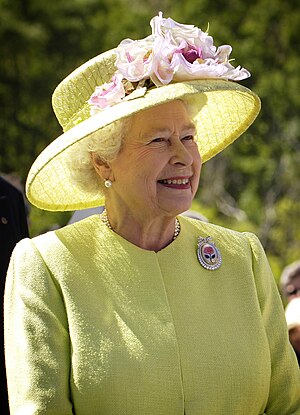
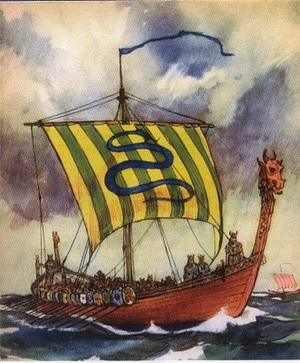
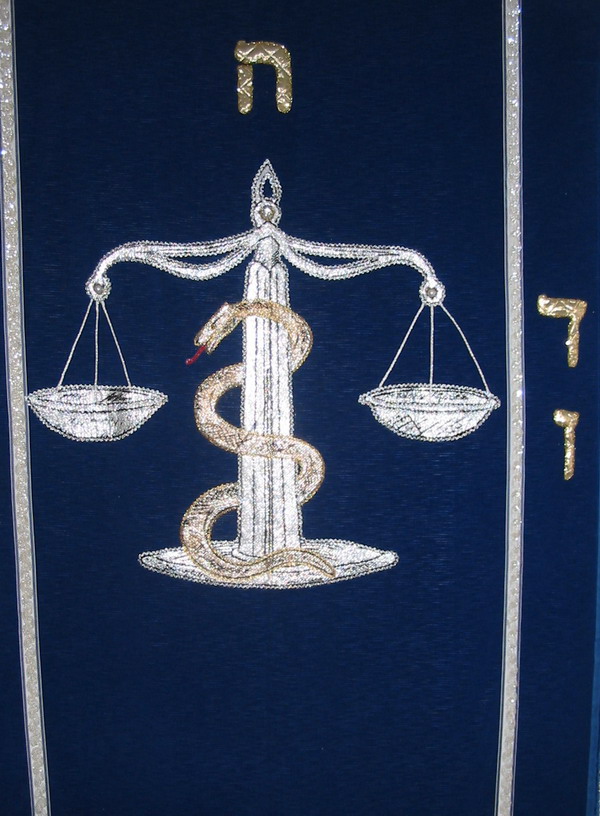
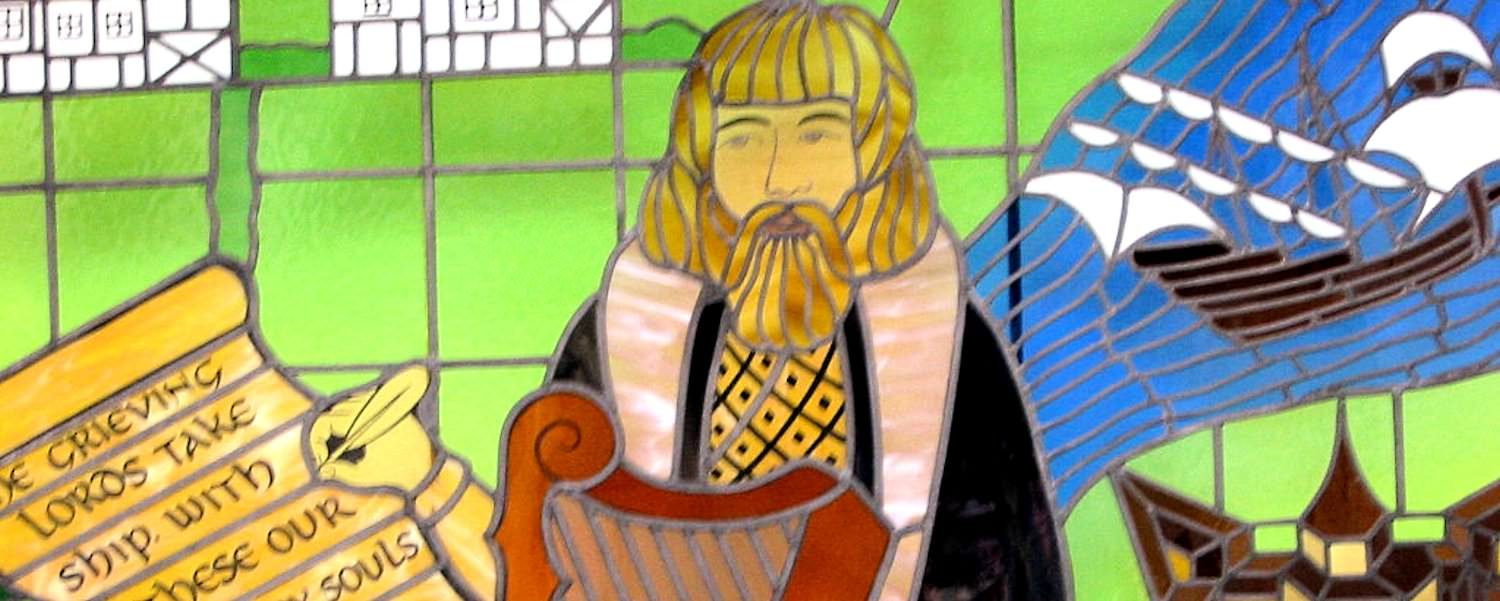
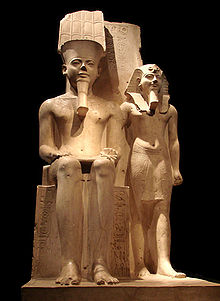
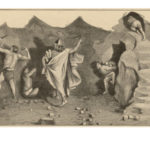

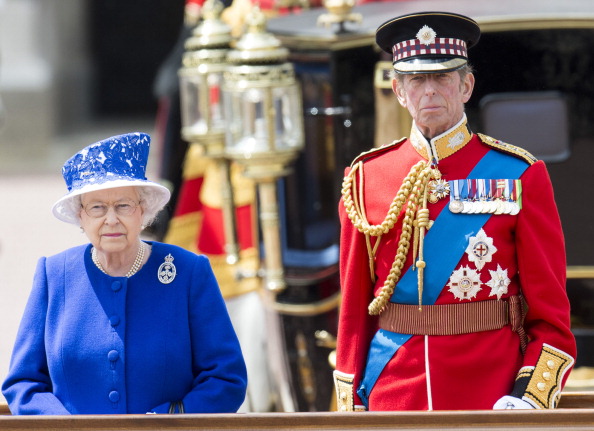
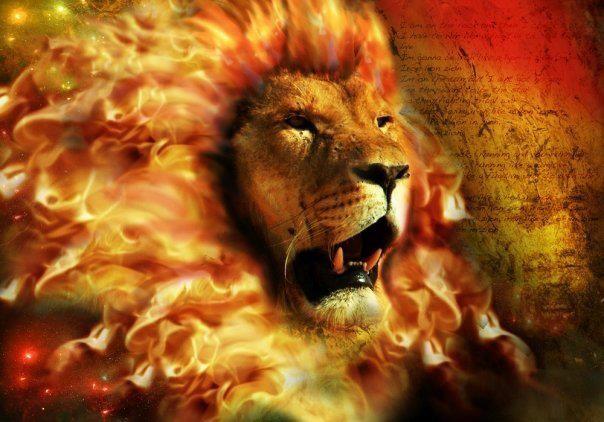
Hey Moe! Thanks for the info! Great stuff!
You are welcome! I’m glad you enjoyed the essay 🙂